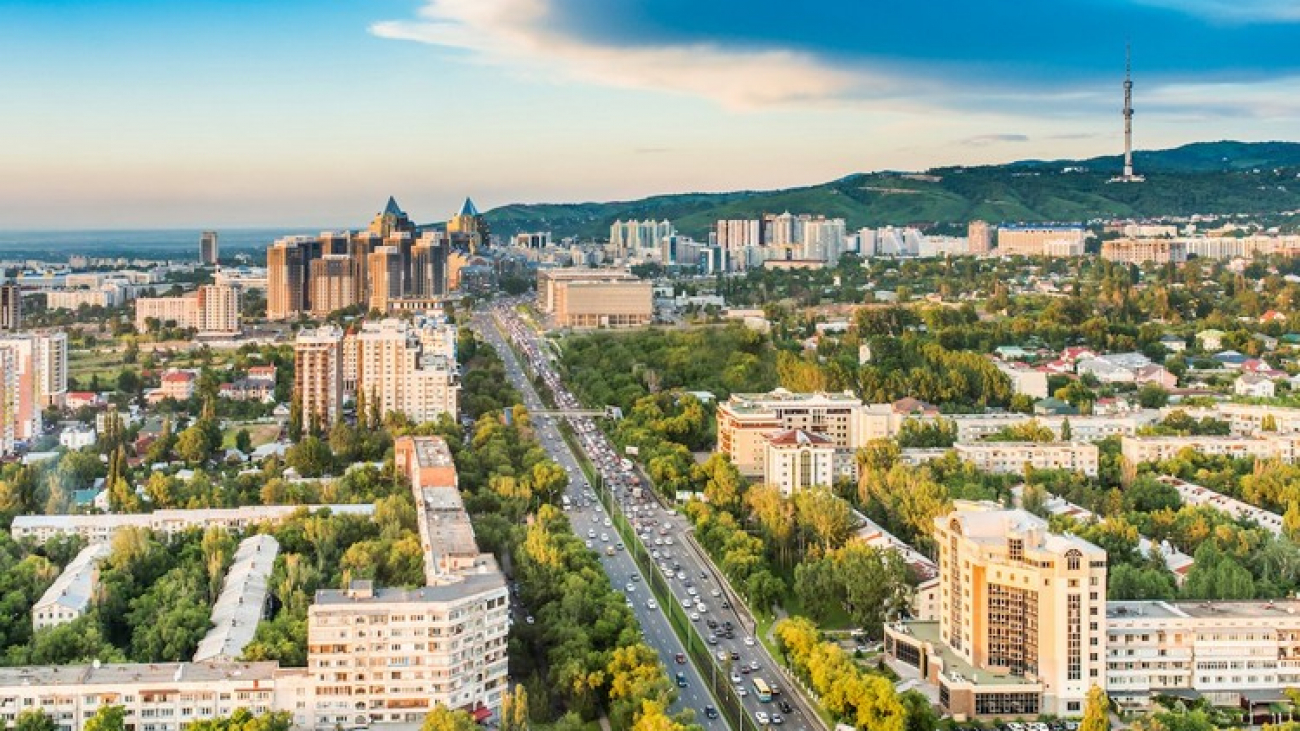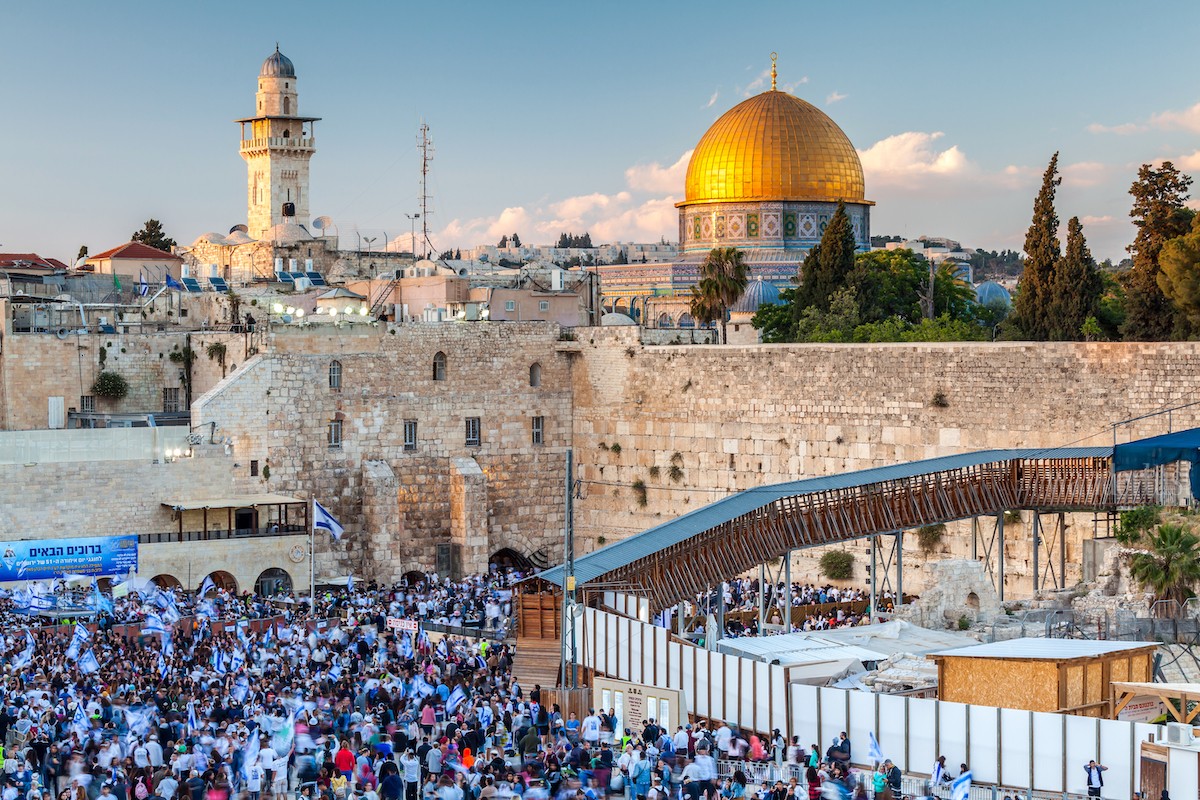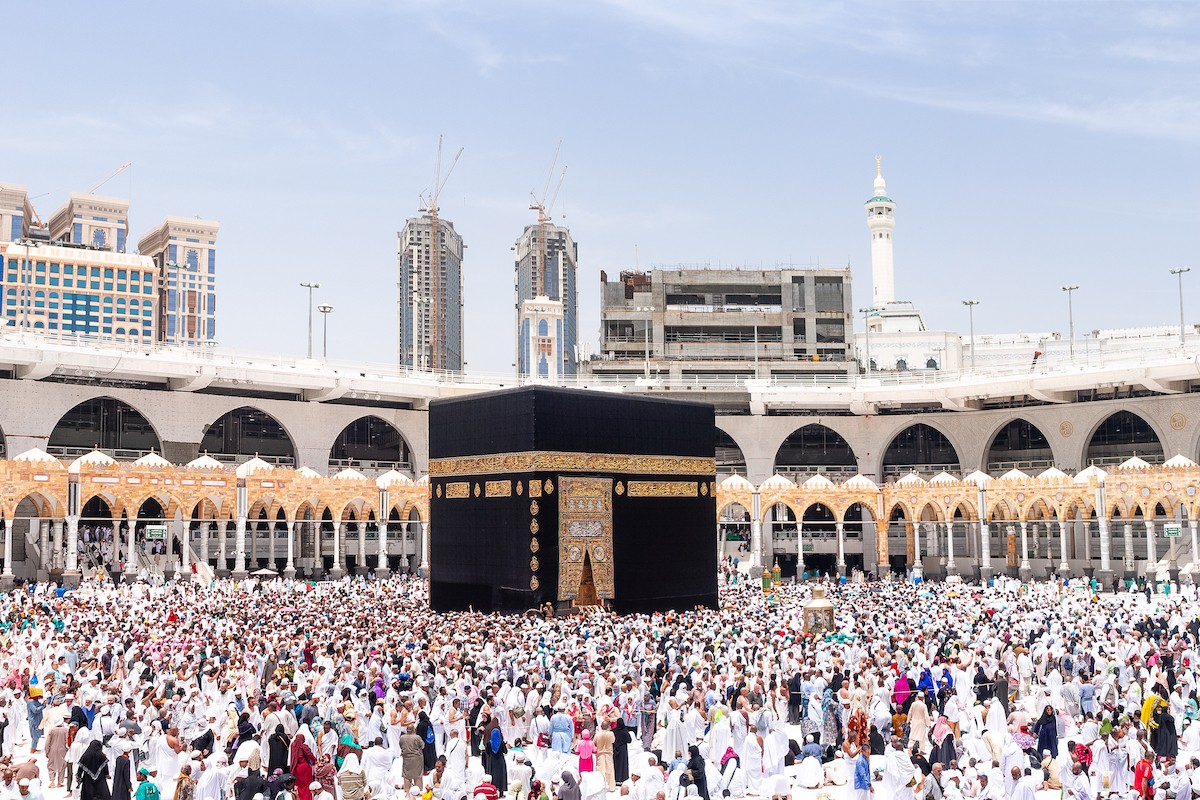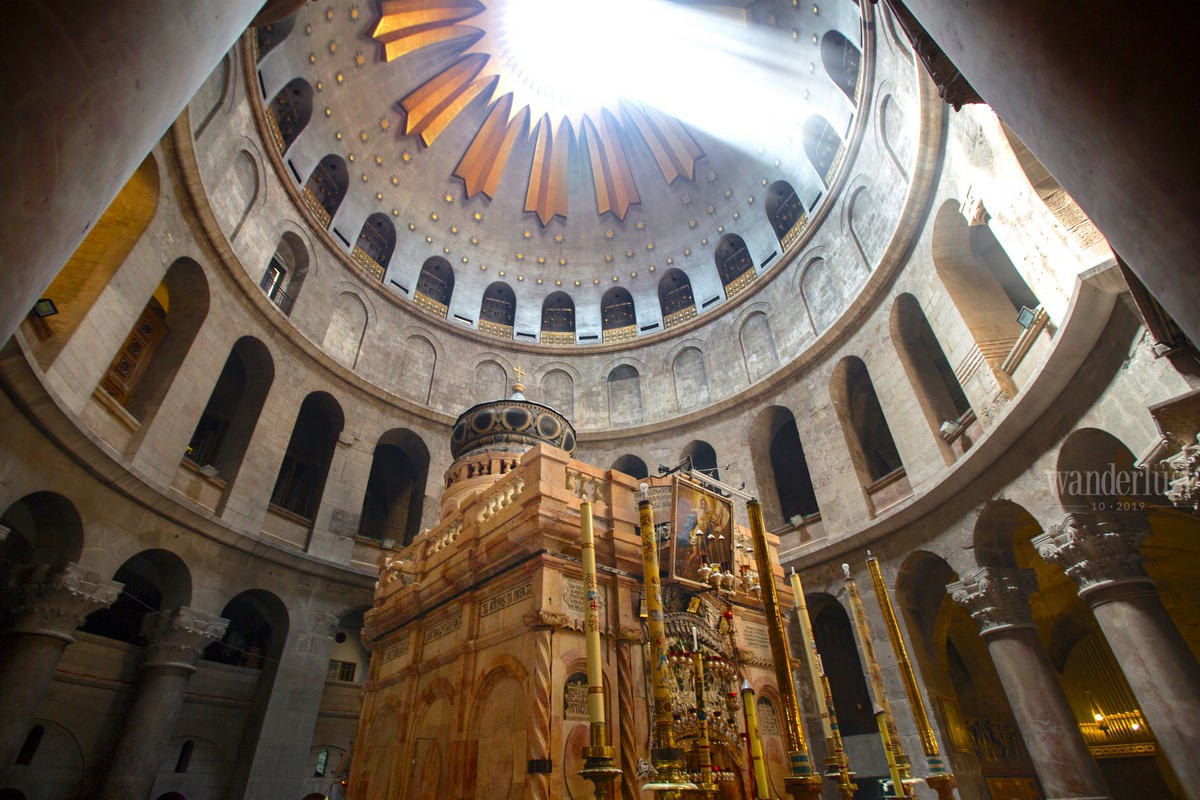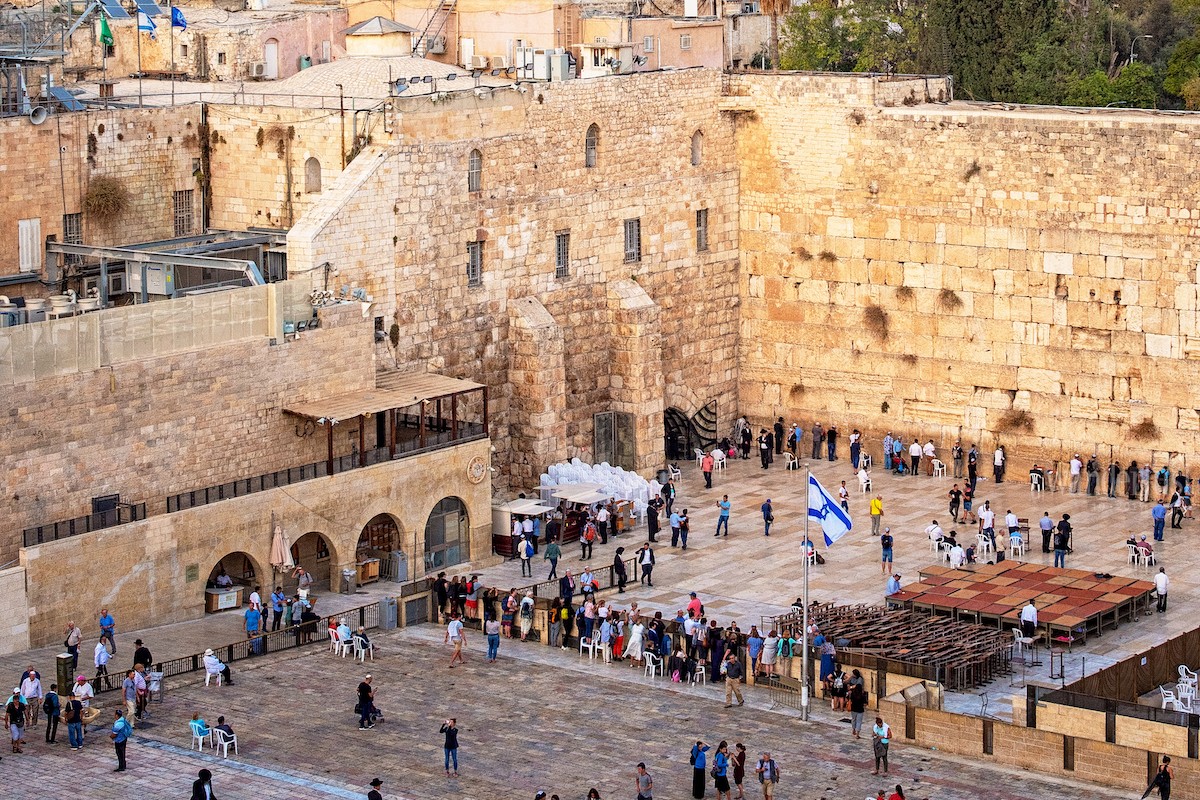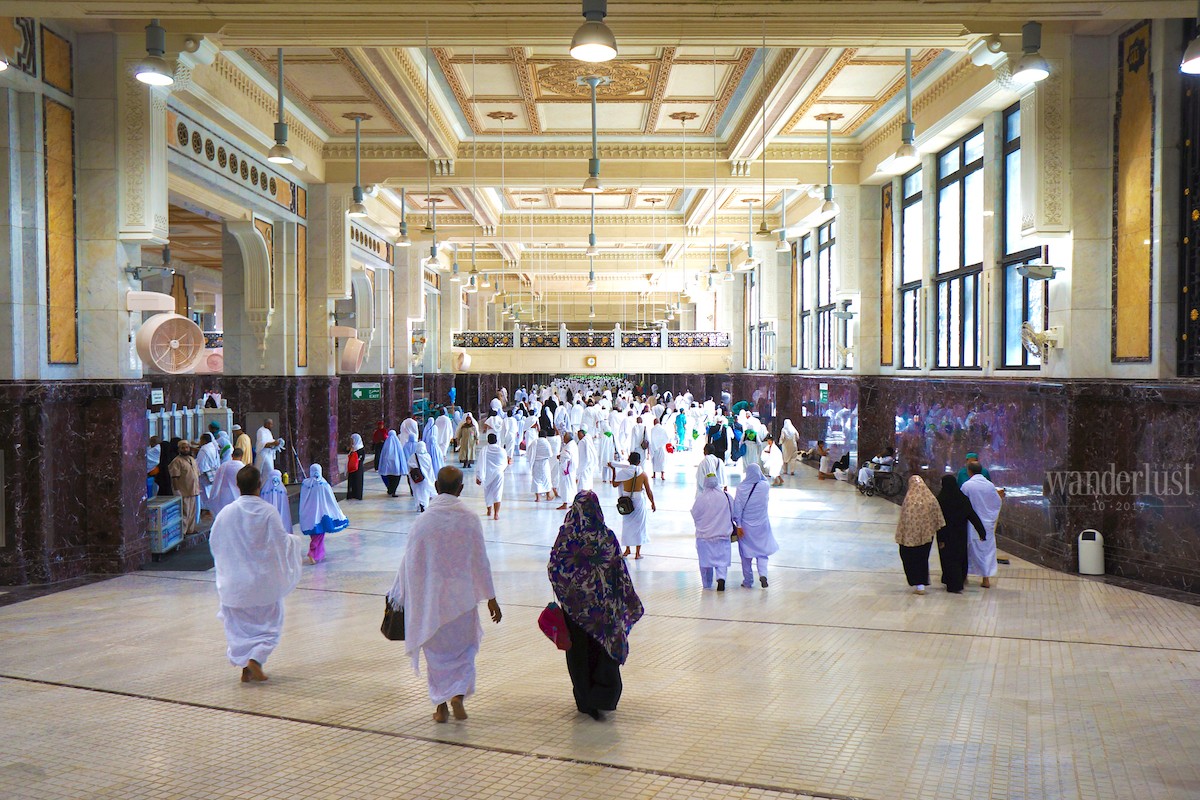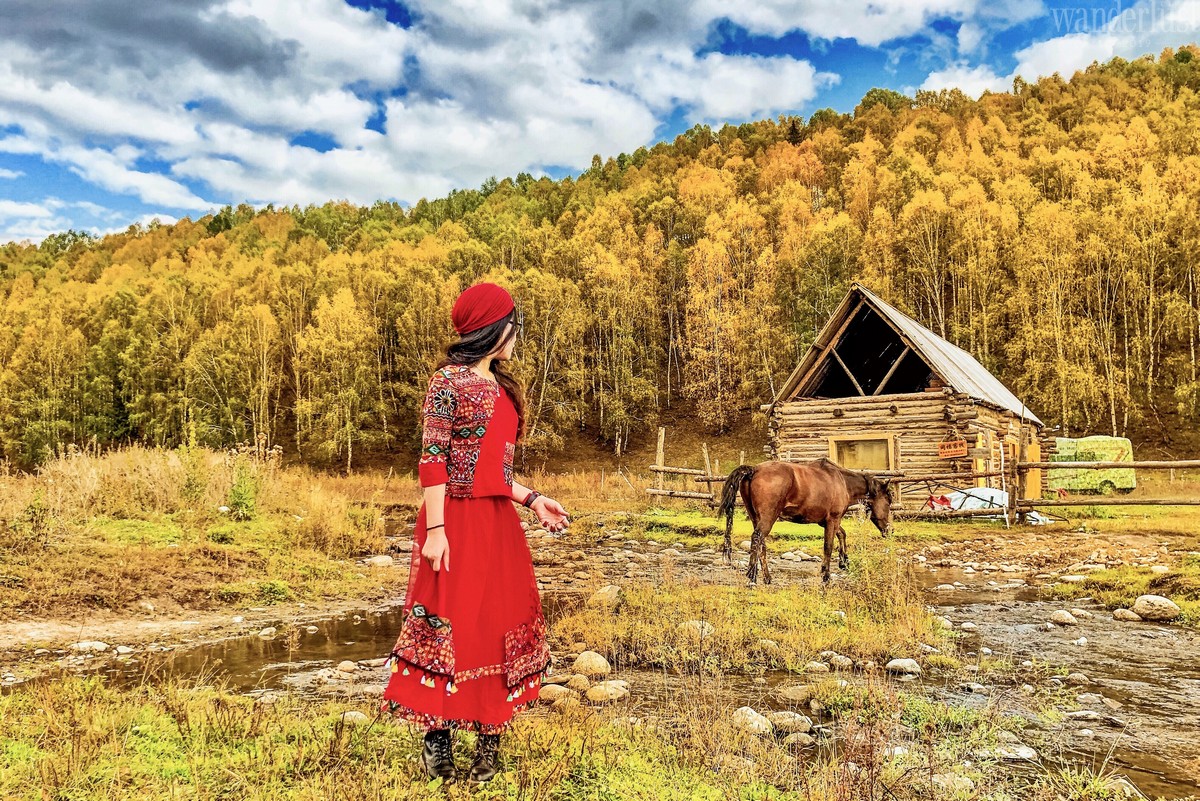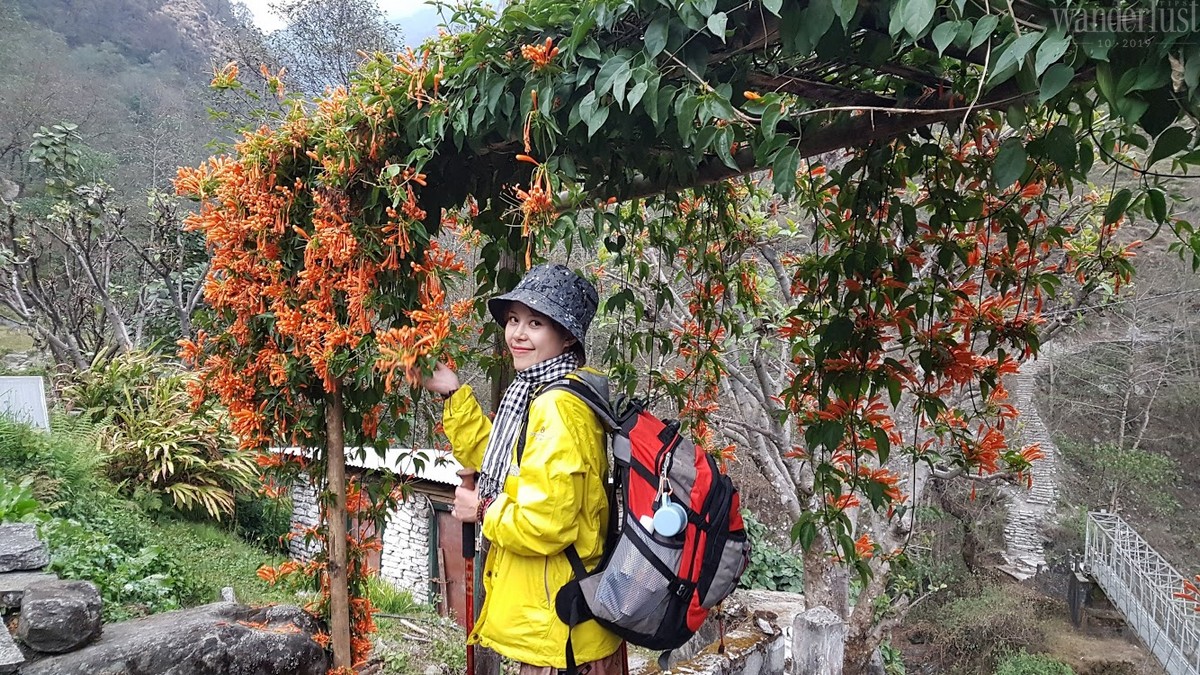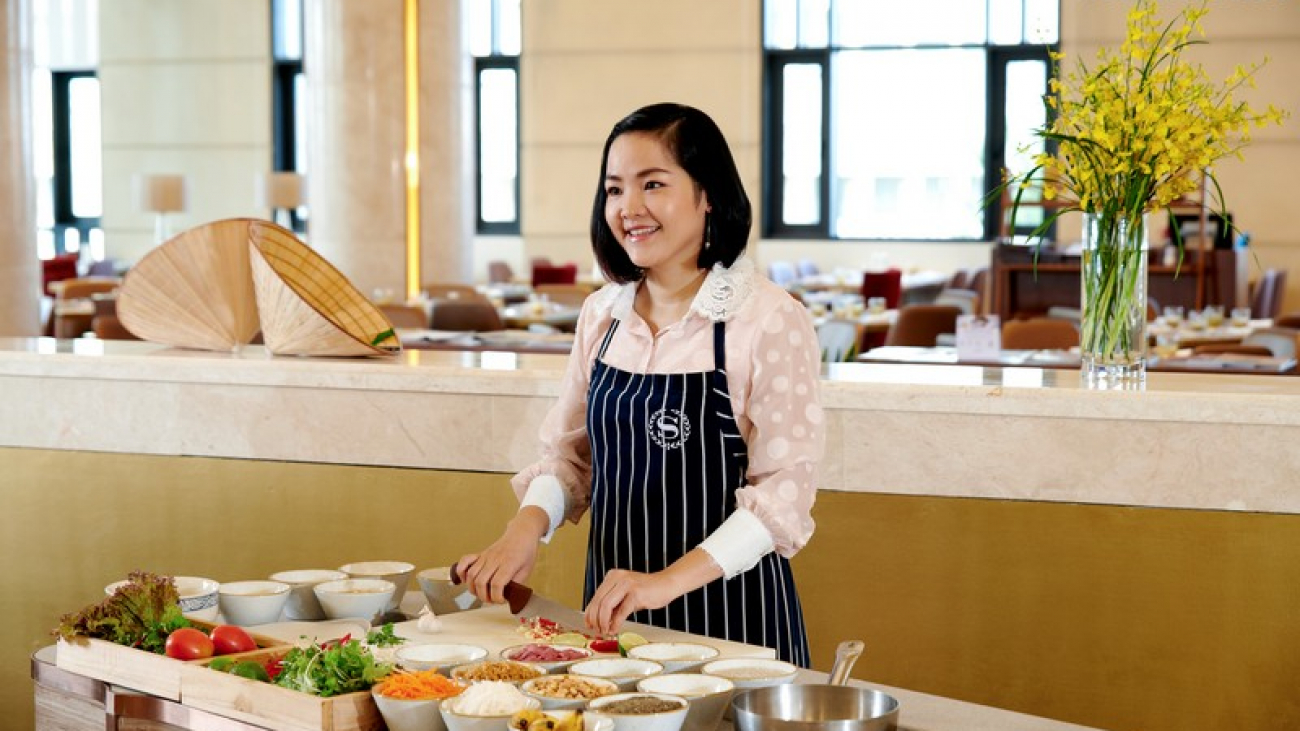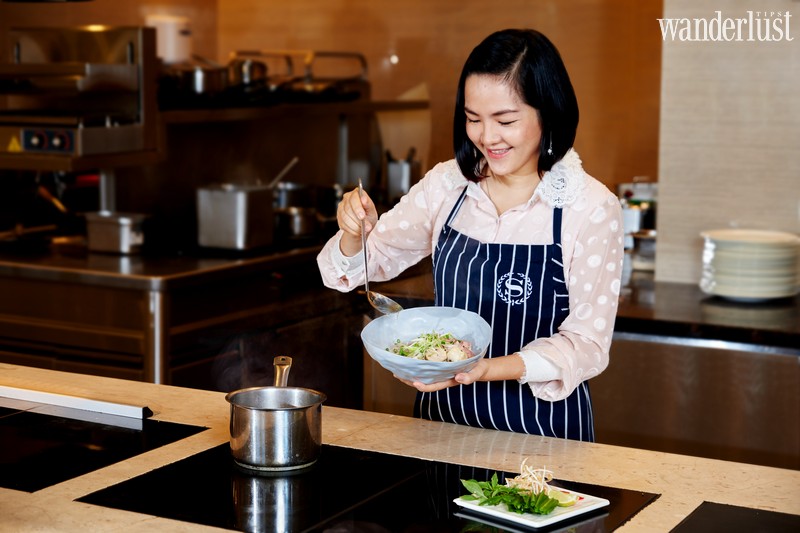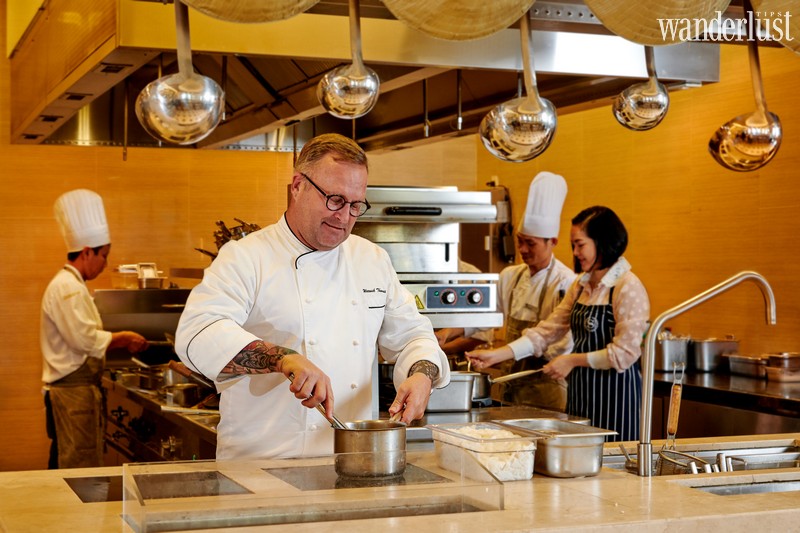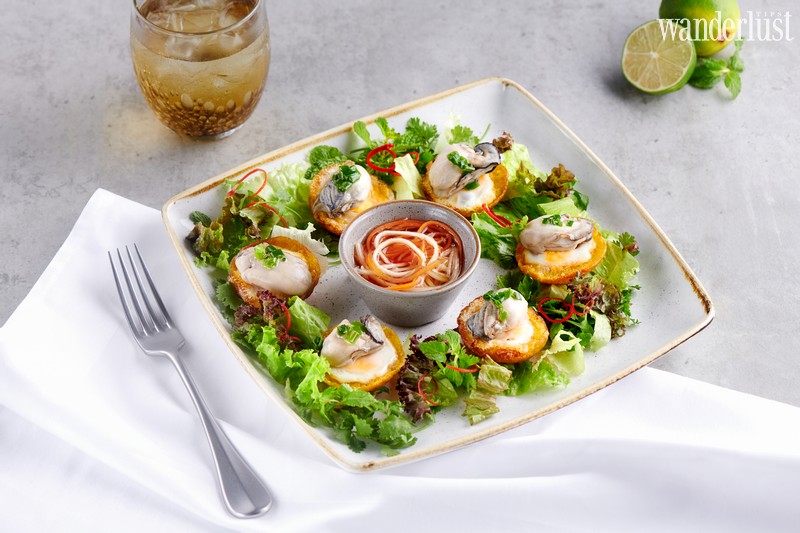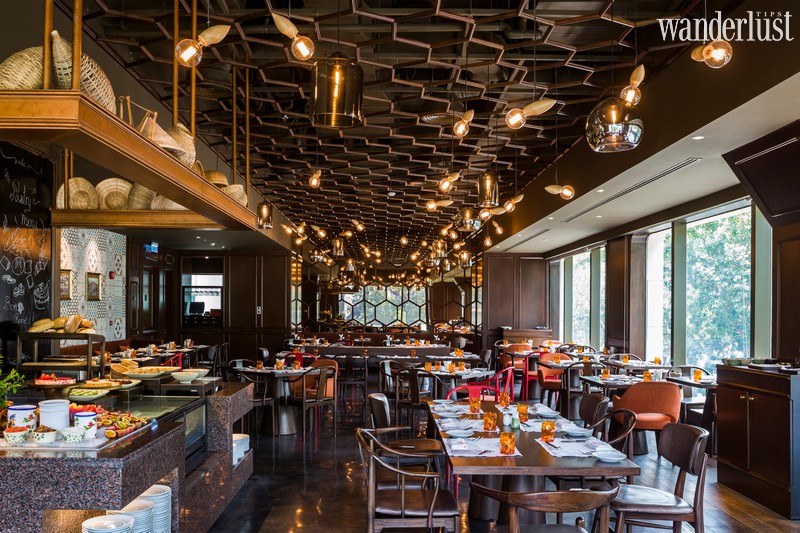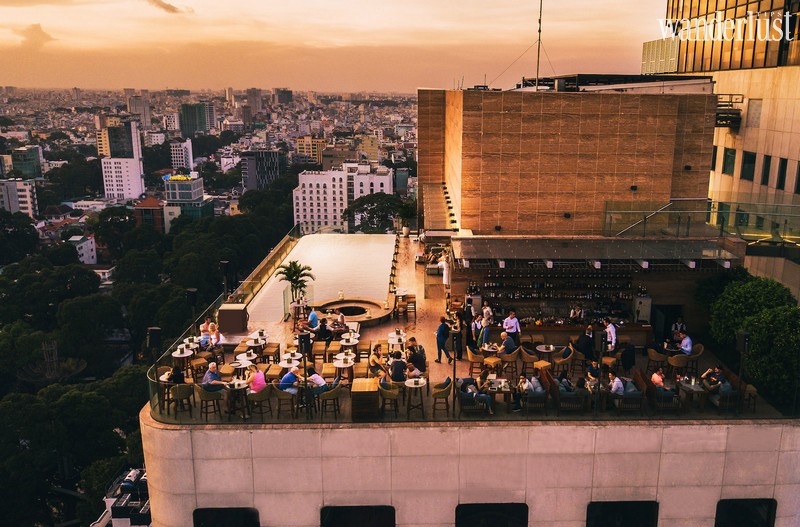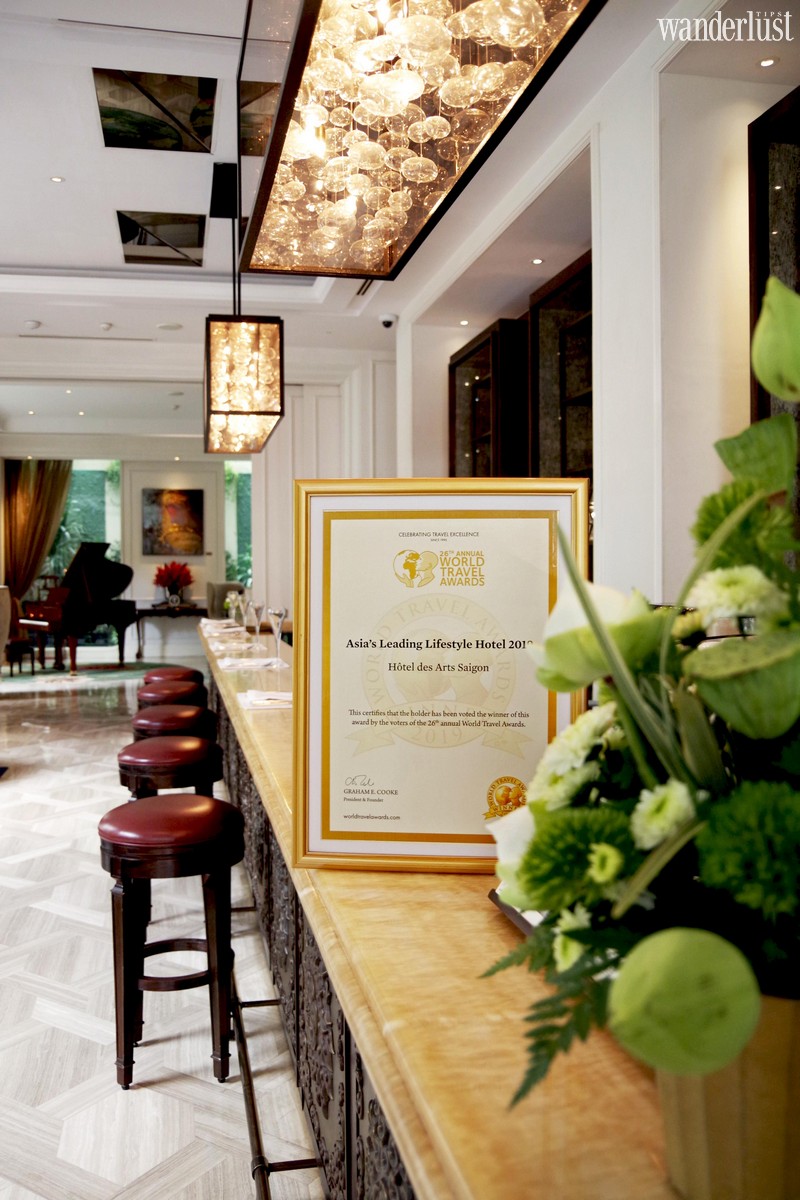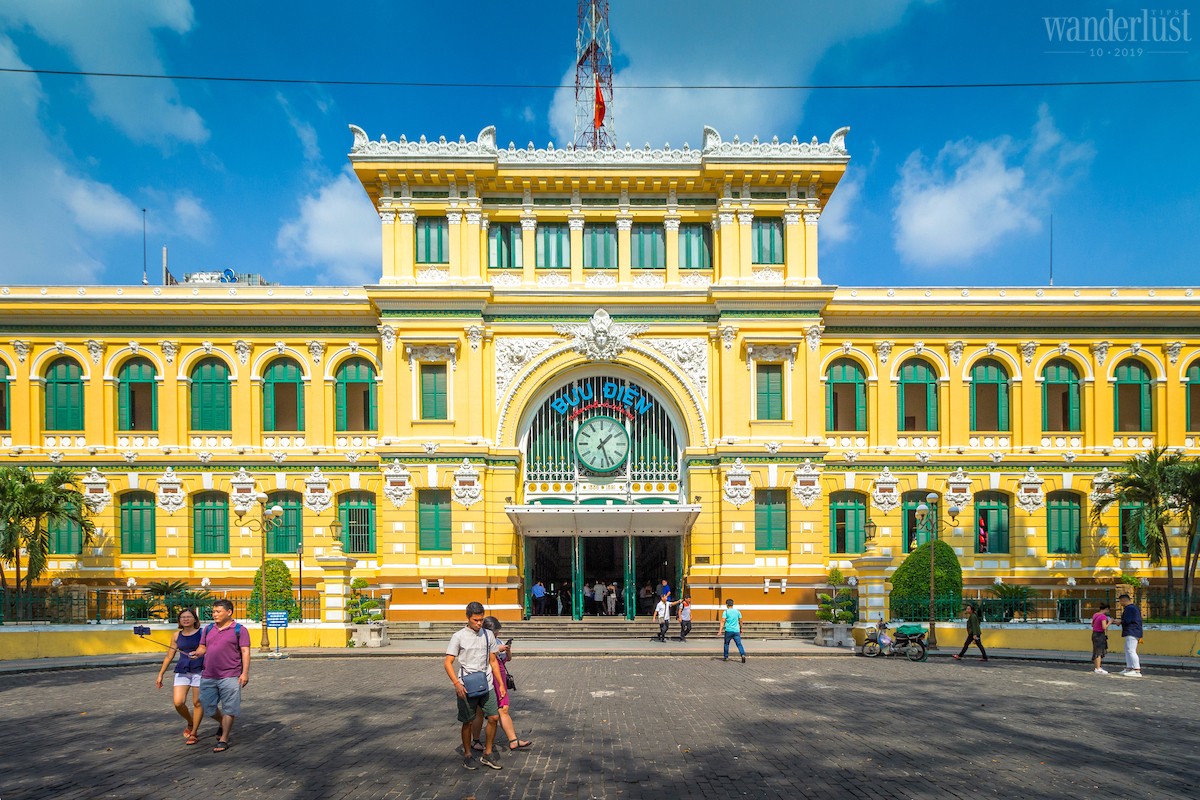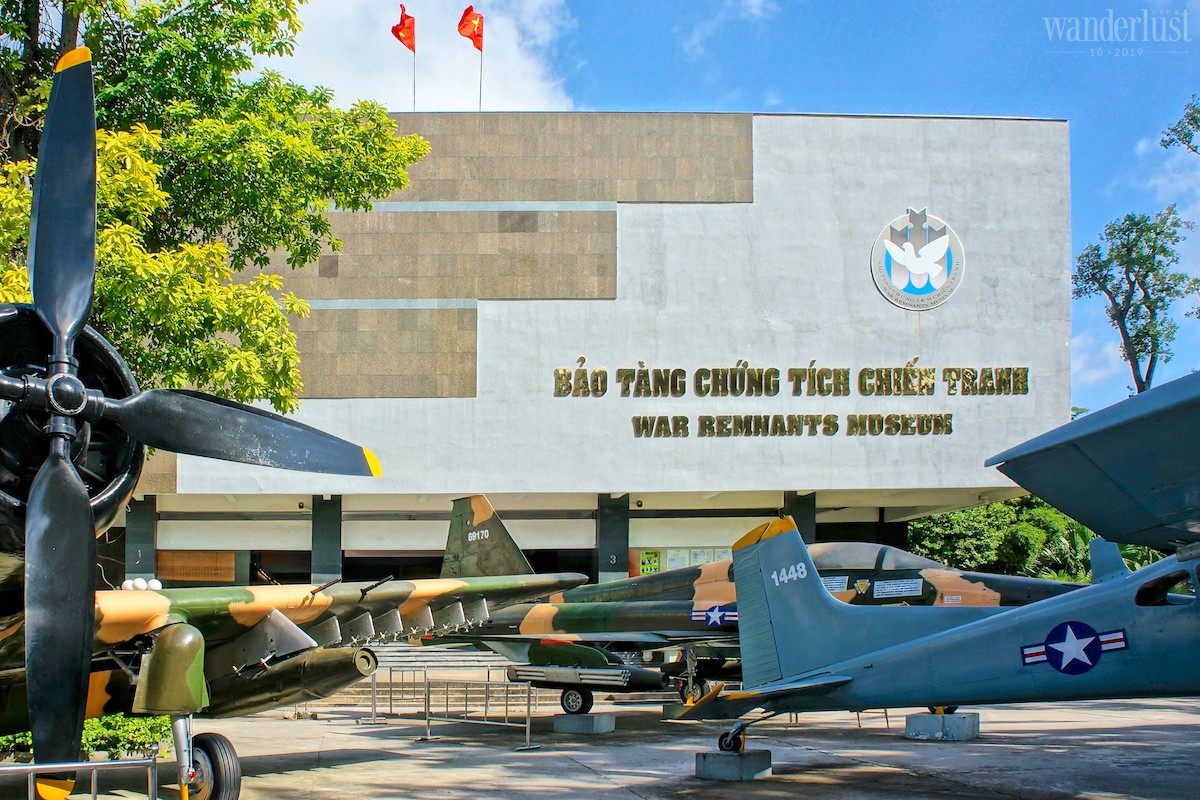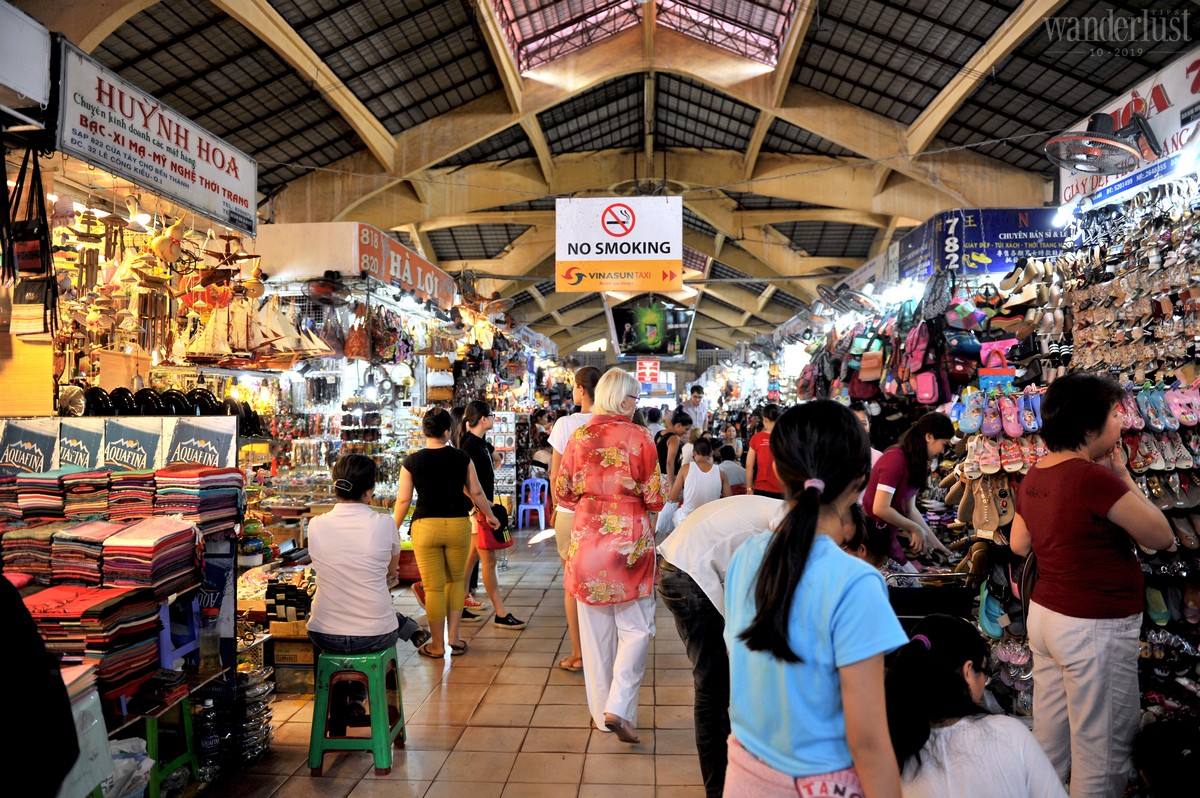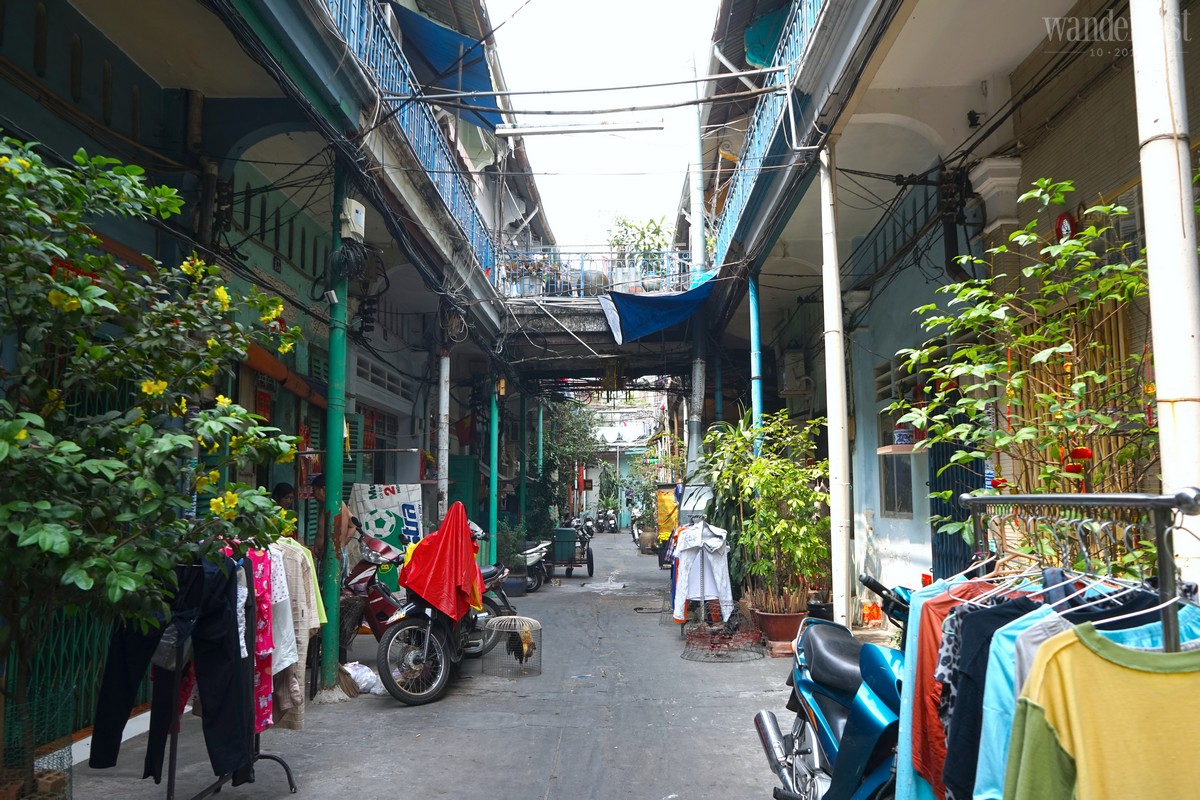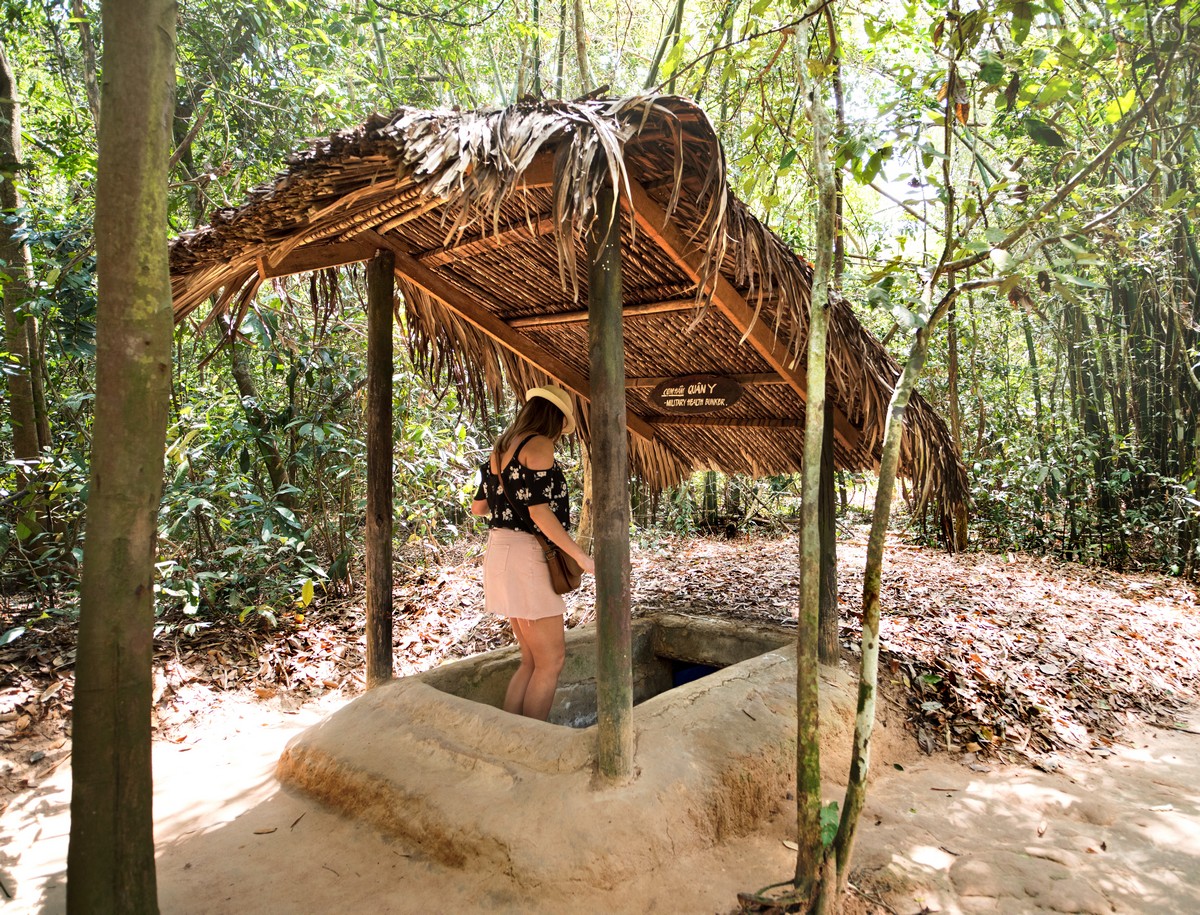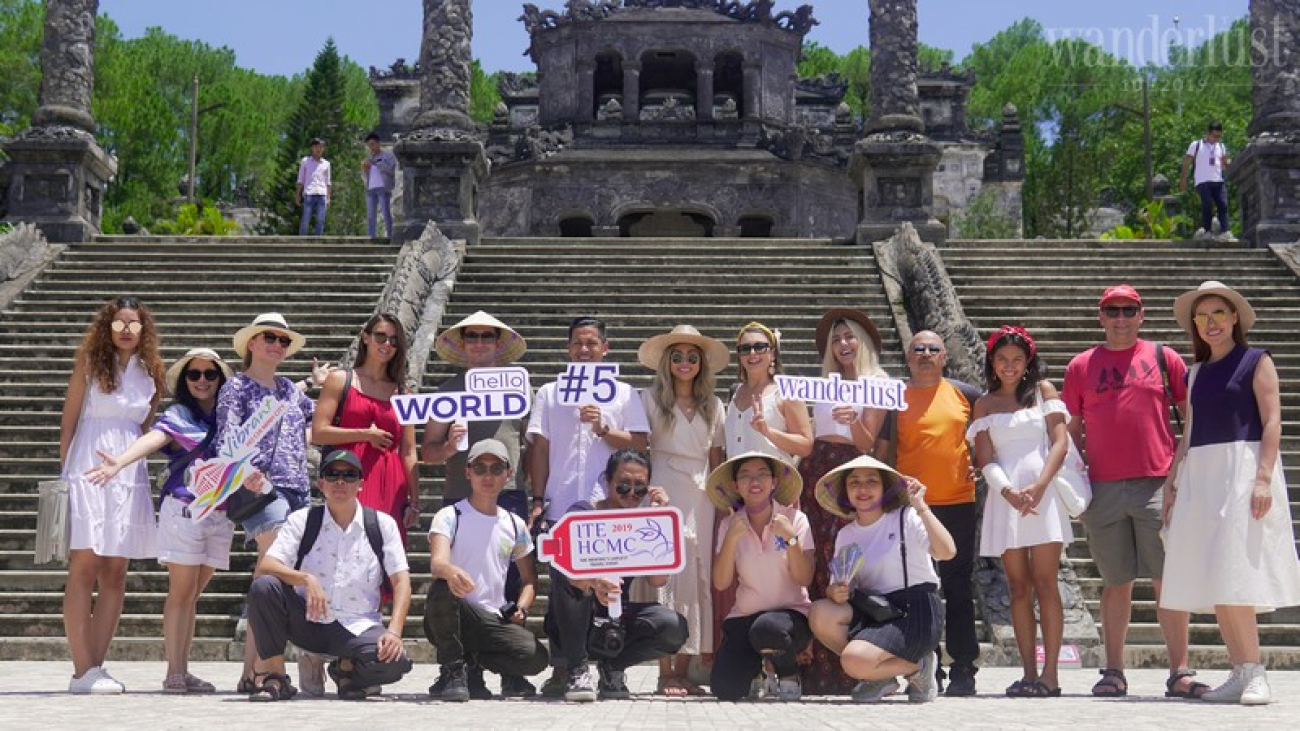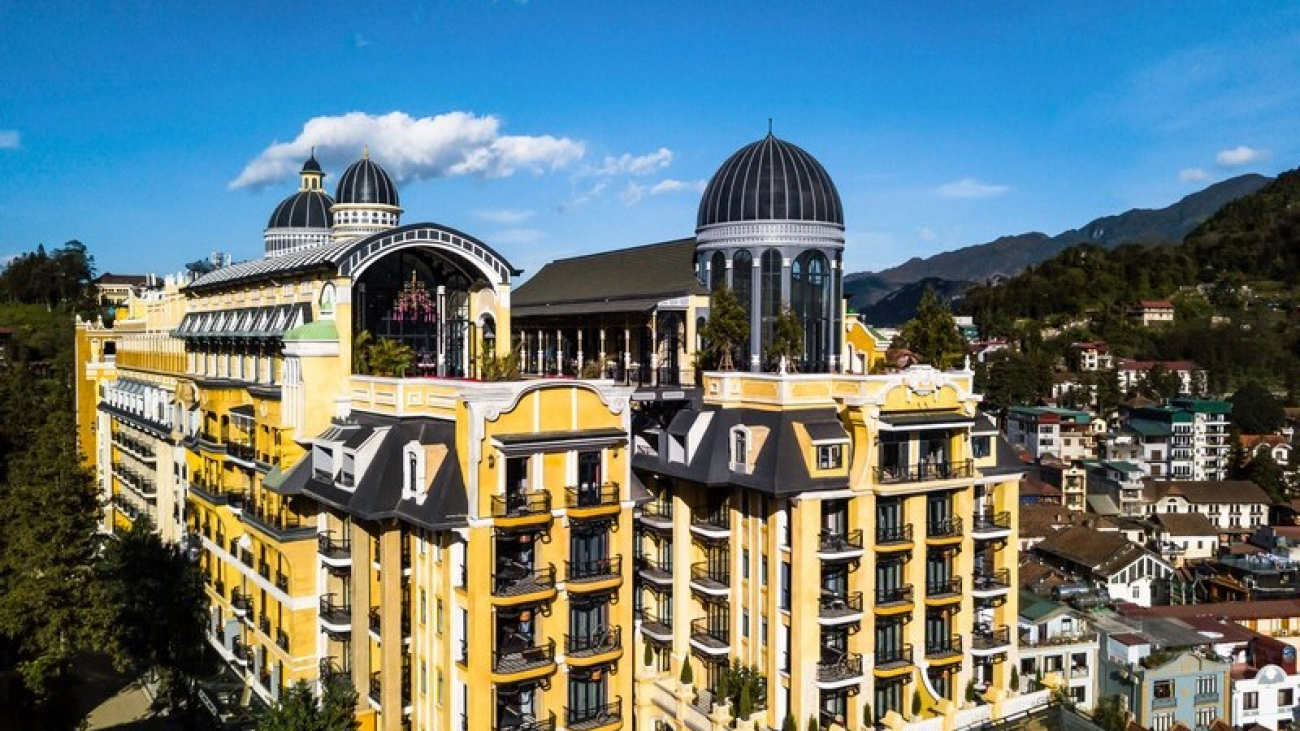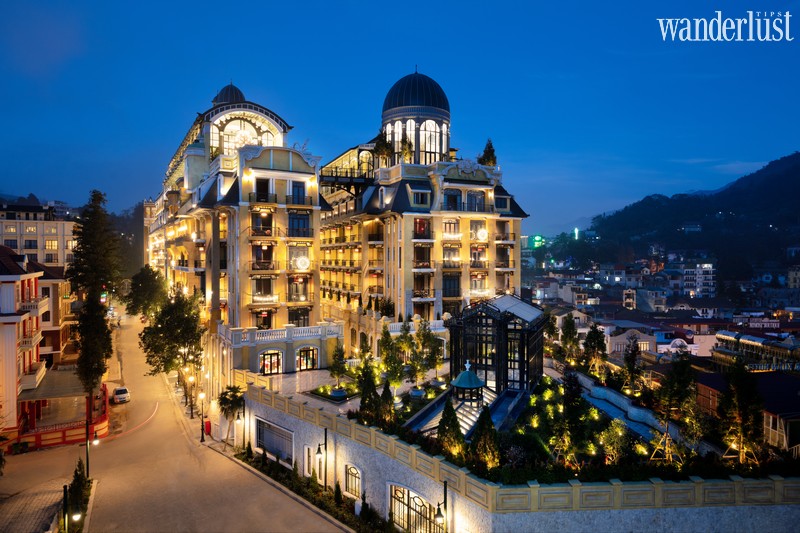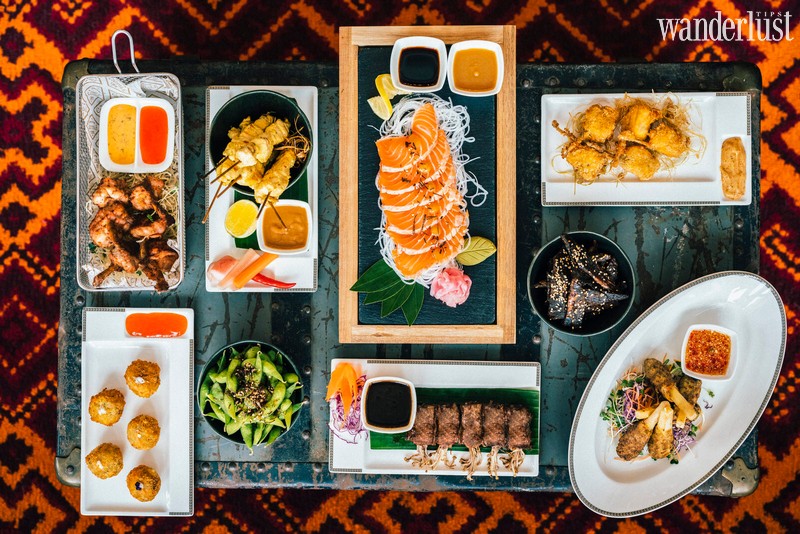[Wanderlust Tips October 2019] Central Asia filled with fond memories deriving from the seemingly boundless grasslands, the majestic mosques and the magnificent Silk Roads. Wanderlust Tips will uncover the mysteries of Central Asia through an amazing variety of exhilarating adventures to this marvellous land.
[rpi]
KAZAKHSTAN – A NATURAL MASTERPIECE
It is said that Kazakhstan impresses travel enthusiasts with its enchanting natural scenery. For instance, you can explore the stunningly beautiful tulip fields, the vast apple orchards stretching over the lush green fields and the stunning emerald green lakes that mirror the crystal-clear skies. In Kazakhstan, visiting the Almaty ancient town is a must.
Located at an altitude of 900m above sea level, this enchanting land of lush green nature captivates visitors’ hearts, allowing them to unwind and escape the humdrum and mundanity of daily life. Notably, Big Almaty, Kaindy and Kolsay Lakes dubbed three “precious gems” feature the crystal-clear waters all year round. These three lakes are encircled by an abundance of dainty flowers along the water’s edge, creating a picture-perfect landscape. The vast fields in Alma Arasan are home to yurts.
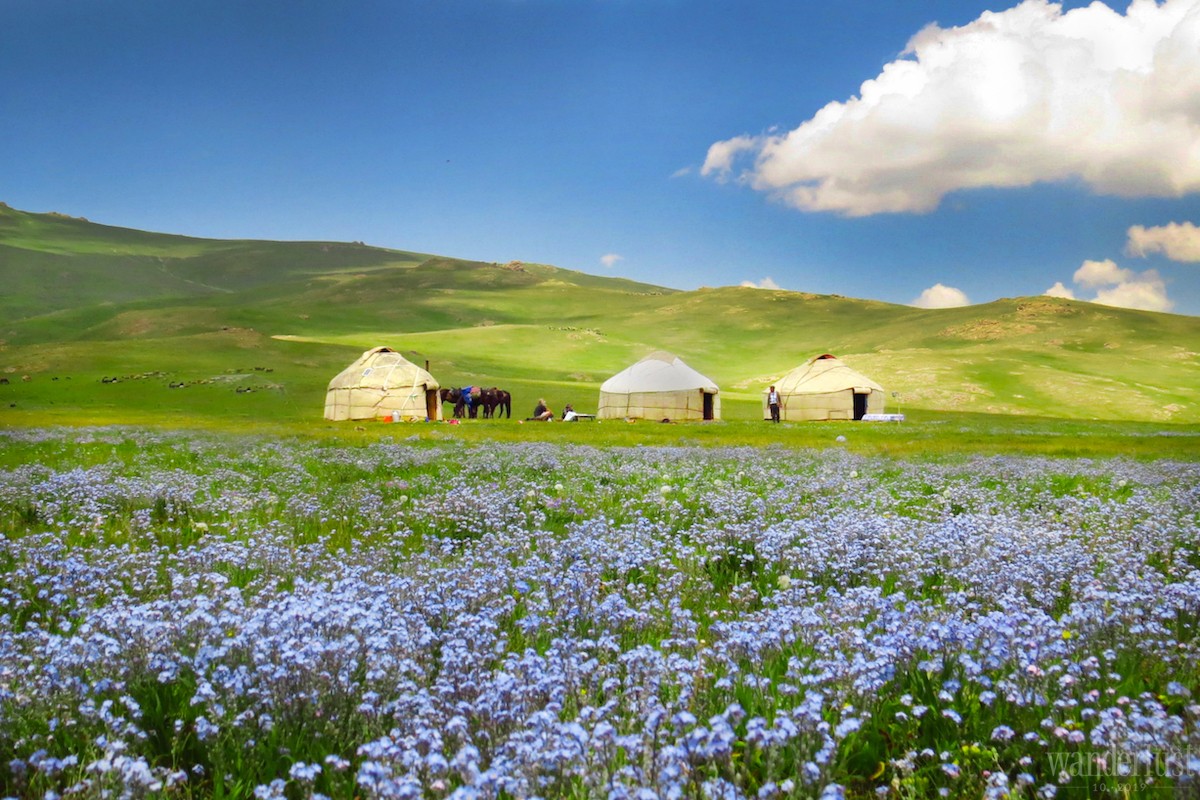
It is undeniable that travellers really long to get out into the striking nature. There is nothing better than enjoying a diversity of traditional delicacies and sipping a cup of fermented milk. If you are interested in modern life, Astana – the most modern city in Central Asia is the perfect option. Visitors have been overwhelmed by the magnificent palaces, spectacular cathedrals and bustling commercial centres. Each architectural masterpiece contains the values that embody Kazakh spirit, desire and ancient culture.
DISCOVER THE HERITAGE SITES OF UZBEKISTAN
If you have a true passion for exploring the exotic destinations around the world, you should definitely visit Uzbekistan. This beautiful country leaves a special impression on visitors because of the eclectic array of architectural works including the magnificent palaces, imposing cathedrals and uniquely domed markets.

Tashkent, the capital of Uzbekistan was once an imperative destination along the “Silk Road” connecting the Eastern and the Western sides. The ancient traders called it “stone city” or “turquoise city” because the gem is considered the pièce de résistance in Tashkent. When visiting Tashkent, make sure to explore the infamous Khazrati Imam architectural complex built in the 16th century, for instance, the Mui Mubarak Library, Hazrat Imam and Barakhan Madrassah. Additionally, visitors could visit Khiva. Nestled amidst the immense desert, the city is home to an ancient architecture decorated with the sophisticated brick walls and eye-catching turquoise domes.
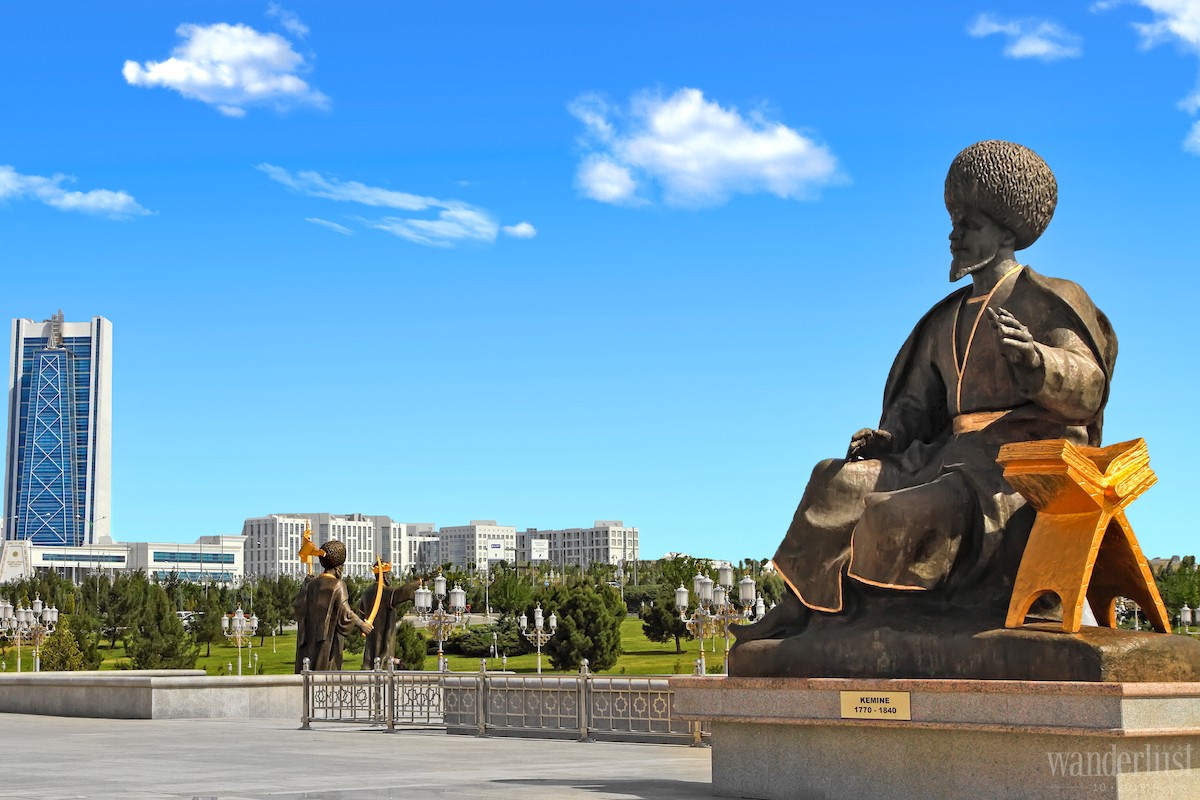
From the outskirts, you will reach the Dichan Kala Town before entering the ancient city of Itchan Kala. On the winding streets, in addition to the people froing and going, the wagons full of local agricultural goods contribute to the bustling atmosphere. With a nearly 3,000-year-old history, the ancient Samarkand city is a truly thrilling destination in Uzbekistan which can be compared with ancient civilisations in Rome, Athens and Babylon. In the golden age, Samarkand was home to many magnificent Islamic architectural structures and tombs of kings. Notably, the two most infamous works include the majestic Registan Square paved with marble and the magnificent Bibi Khanym Mosque. Uzbekistan also offers visitors an unrivalled cultural experience.
A MYSTERIOUS AND ISOLATED TURKMENISTAN
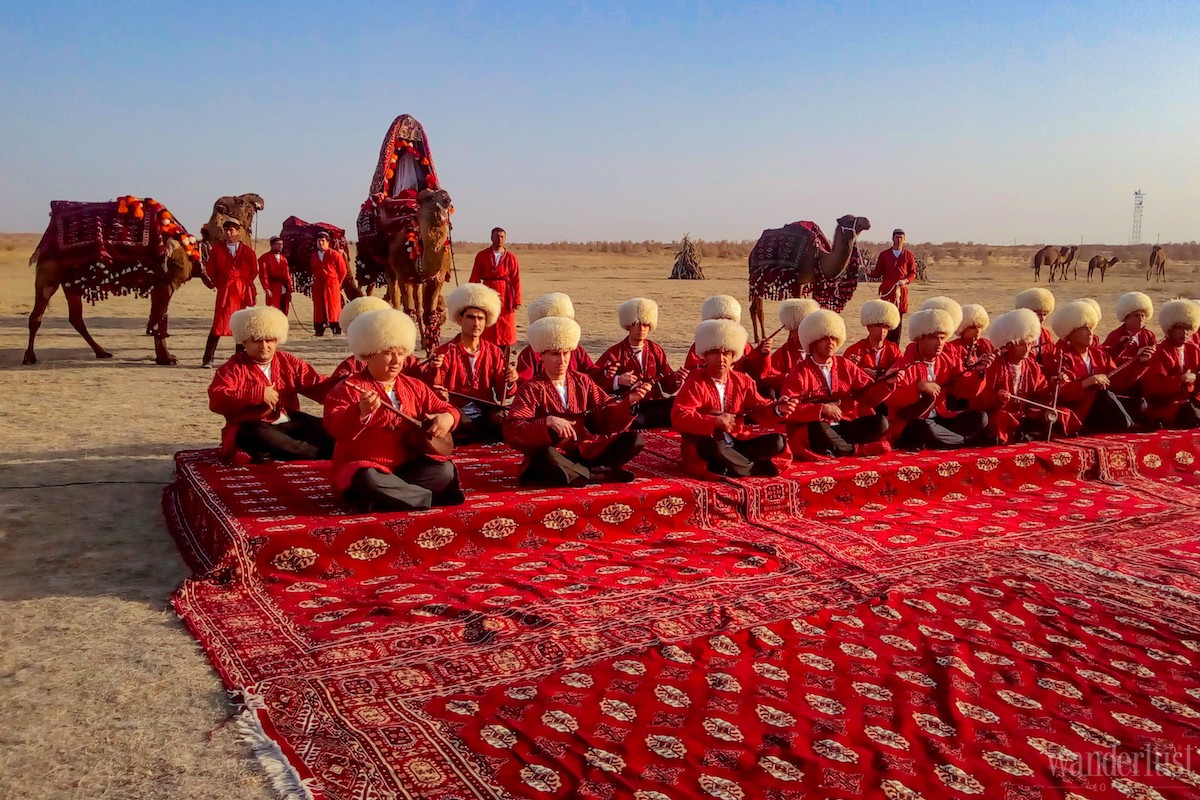
When thinking of the mysteries of Central Asian countries, do not miss a visit to Turkmenistan – an isolated country that always makes visitors curious. The place is home to many historical relics related to the ancient trading road. Moreover, the country has three world cultural heritage sites located on the ancient Silk Road, namely the Kunya-Urgench monument, the Parthian fortress of Nisa and the ancient Merv archaeological site located near the city.
Notably, Merv was considered an important oasis city on the historical Silk Road, connecting with Bukhara – Uzbekistan’s economic, political and religious centre. Located on the edge of the Karakum desert, Ashgabat is a state-of-the-art and hectic city that has visitors falling in love at first sight. An array of beautiful white marble buildings lining the streets all distinctively designed with the terrific golden roofs. The fortress town of Gonur Tepe is an impressive architectural complex, designed like an exotic maze surrounded by large walls.

Located in the heart of the Karakum desert, Turkmenistan is truly a must-visit destination for travel enthusiasts. Margiana is an ancient Islamic city imbued with long-standing historical values. The Gurbanguly Hajji Mosque is famed for its striking white walls adorned with azure domes and is surrounded by four ancient imposing stupas. Although the travel services in Turkmenistan are not widely available, tourists still desire to return to discover all the interesting mysteries in this land.
A BREATHTAKING BEAUTY IN TAJIKISTAN
Tajikistan is a majestic natural masterpiece. Despite being the smallest country in Central Asia by area, it seemingly draws visitors an inspiration. When considering a trip to Tajikistan, the wonderful Pamir Mountains must be at the top of your itinerary. The Pamir Mountains are the second-highest in the world, only lower than the Himalayas; they stretch out across China, Afghanistan and Kyrgyzstan. The central section of mountains belongs to Tajikistan. Put yourself to the test by taking an adventure to the Pamir Highway that runs through the heart of this mountain range as well as connecting Tajikistan and Kyrgyzstan at dizzying heights.
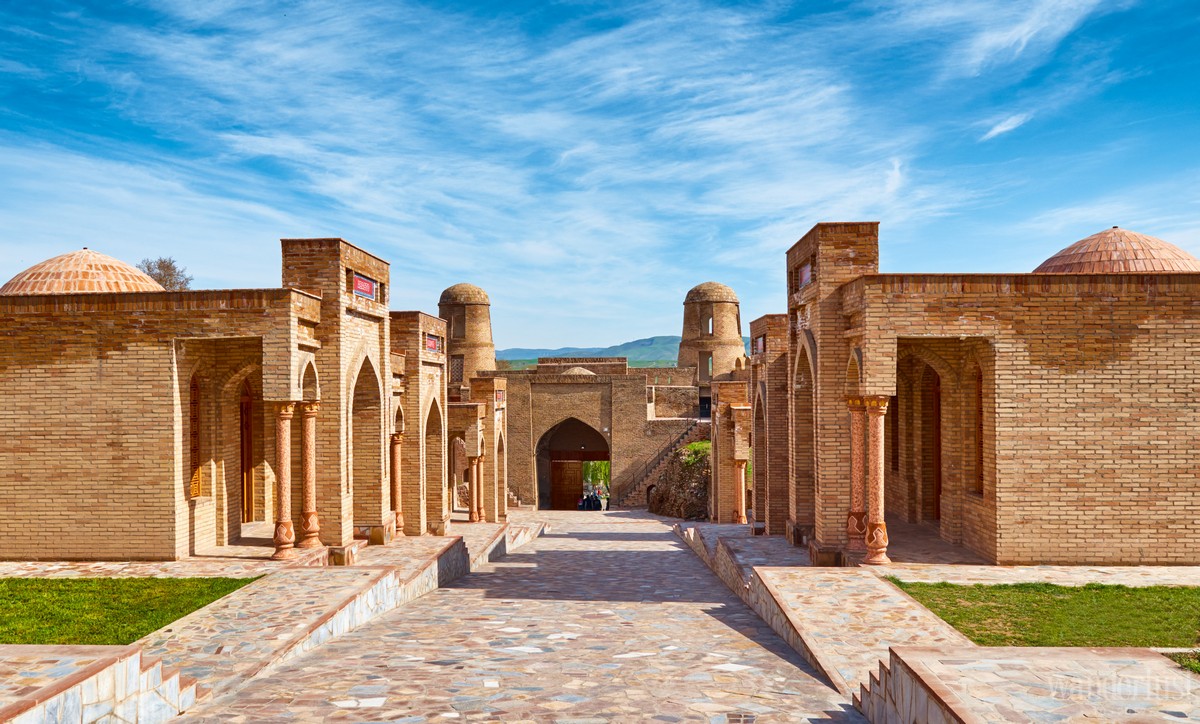
After reaching the top of the mountain and standing amidst the spectacular nature, your fear will be a distant memory. Moreover, Tajikistan is home to many beautiful lakes, the scenery makes visitors feel like they are lost in a fairyland. Ranking in the top 10 largest meteorite craters on the Earth, the Karakul Lake is famed for its stunning natural surroundings and crystal-clear water. During the summer, the lake’s water colour changes its shade from dark to light. A trip to Tajikistan is like a beautiful dream, where time stops and people are gently lulled into a peaceful sleep.
FEEL MESMERISED IN KYRGYZSTAN
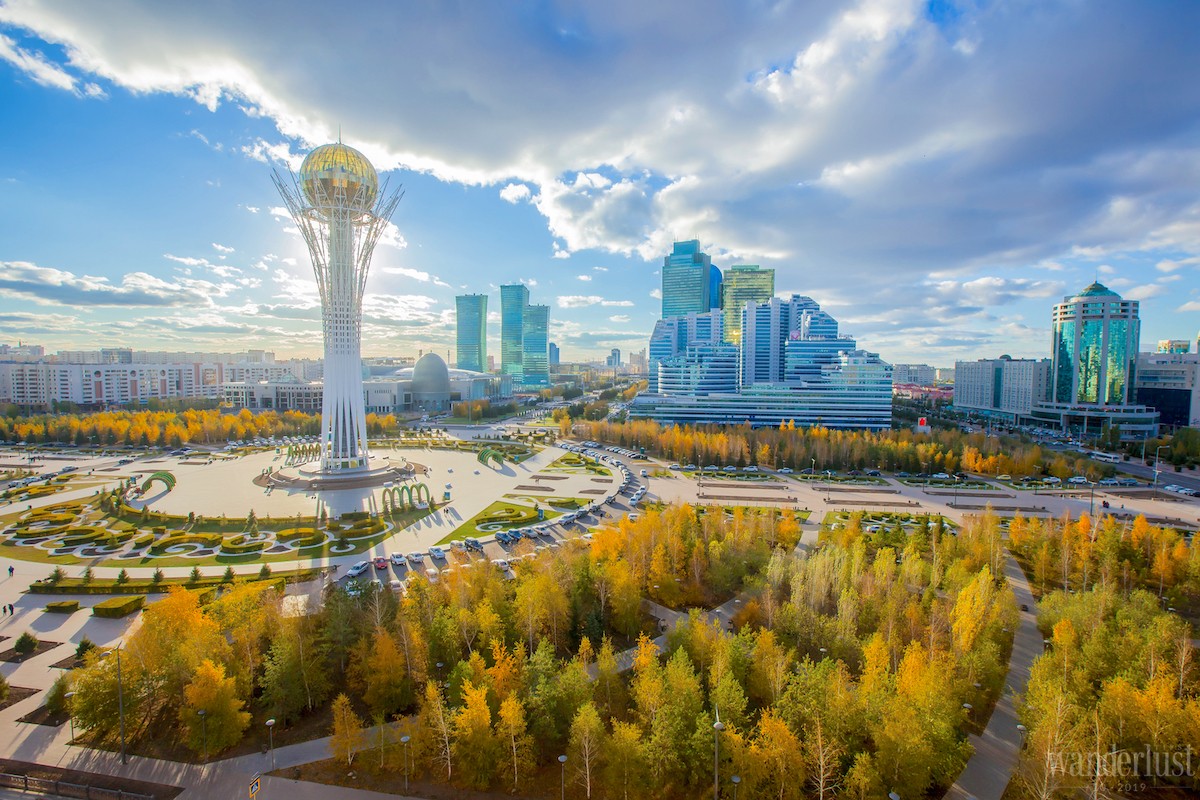
Dubbed the “Switzerland of Asia”, Kyrgyzstan is an ideal destination for those who like freedom and adventure. Travellers here can immerse themselves in the incredible natural landscapes, endless valleys and deep canyons, dotted with an abundance of nomadic huts on the vast pastures. If you are interested in the Kyrgyz lifestyle and culture, you should take a stroll around Bokonbayevo village in the Issyk-Kul region. This is also the origin of the traditional Kyrgyz eagle training. The training takes between six and eight years. Each eagle has only one owner who can control their actions.
The professional eagle trainers must have a strong bond with their eagles as they must face extremely harsh conditions to train them to catch prey. After waving goodbye to the wildlife, you could travel to Bishkek, where you will feel the peace and serenity. The capital city of Kyrgyzstan gives visitors an impressive experience where you can indulge yourself in the fresh air with the lush greenery, large squares and airy parks; or marvel at the red-roofed houses at sunset. After your trip to Kyrgyzstan, you will not forget the hospitable smiles of the Kyrgyz people, the stunning scenery and the once-in-a-lifetime experiences.
Thi Thi | Wanderlust


